The important thing with the festival is the offering of food to the Mother Goddess, which is known by the name Pongala. However, pongala is not made at home.
Those who wish to do the pongala, go to the temple or to the surroundings of the temple very early in the morning. Some people even come the night before, if they can stay somewhere nearby. In the early morning of the festival day, everyone finds a place near the temple surroundings where they can prepare the pongala in the traditional way.
If you wish to go for the pongala festival, you may take the earthen clay pots to prepare the food. You also need to bring other necessities like the spatula, spoons and other utensils. And you have to find a place where you can make the food traditionally in the traditional ovens. You can probably find bricks to make the oven, but mostly you have to bring the woods needed to burn fire in the oven. Make sure you also bring all the ingredients you need to make the pongala - like rice, jaggery coconuts, and vayana leaves if needed.
Once you have find the right place and set the oven, you can fill the pots with water and rice, in order to prepare the pongala. However, the chief priest from the Attukal temple has to pass the divine fire which you can use and then pass on to others.
After the pongala is prepared, everyone wait till the holy water from the temple is sprinkled, after which the food can be served. By sprinkling the holy water, the belief is that you have offered the food to the Goddess.
You do not have to fast on the pongala day, provided you take only vegetarian food. Many people prefer not to take even water until the pongala is prepared. However, this is not a must.
Since the festival falls on either late February or early March every year, the weather is too hot during the day time and you may need to bring enough drinking water to help yourself stay hydrated. Actually you can find so many people offering drinking water to the devotees, but it is a good idea to have some water with you. If possible, find places where shades are available, like somewhere near trees, so you won't be tired. Those who have friends or relatives staying near to the temple, usually find a place near to their houses so that they can take rest in between.
The below image from Wikimedia Commons Image may not necessarily show the pongala made at Attukal temple, but the image shows a typical pongala offering made in the traditional way. Please note that the rangoli designs that you see here are not necessary for Attukal Pongala.


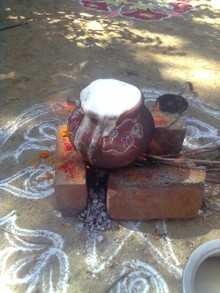

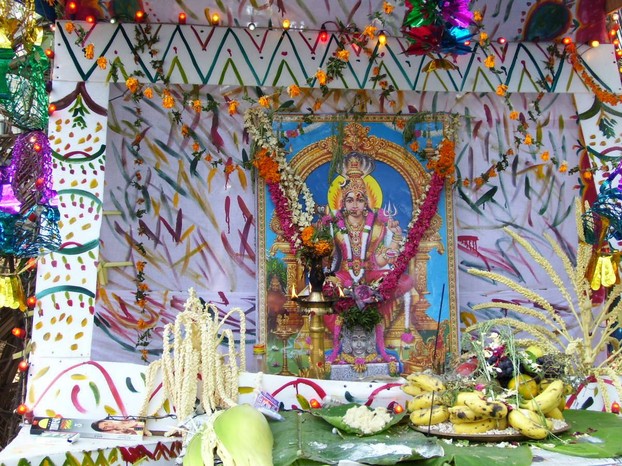
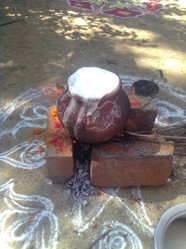

 Beach Wedding Dresses - Exotic Wedding Gowns For Beach Theme Weddingson 12/24/2016
Beach Wedding Dresses - Exotic Wedding Gowns For Beach Theme Weddingson 12/24/2016
 Purple Wedding Dresses For Bride - Dresses For Purple Theme Weddingson 03/29/2016
Purple Wedding Dresses For Bride - Dresses For Purple Theme Weddingson 03/29/2016
 Ladies Purple Wedding Shoes | Purple Themed Wedding Shoes For Womenon 04/04/2016
Ladies Purple Wedding Shoes | Purple Themed Wedding Shoes For Womenon 04/04/2016
 Unique Gifts For Horse Lovers - Unique Horse Themed Gifts For Kids & Adultson 12/16/2016
Unique Gifts For Horse Lovers - Unique Horse Themed Gifts For Kids & Adultson 12/16/2016

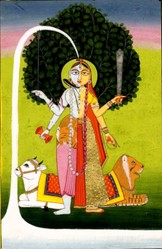
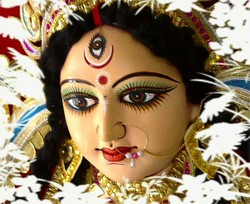
Comments
Thank you, Violette, for the explanations!
Thanks Mira for stopping by! Pongala is a sweet dish, usually made with rice, that is prepared and offered to the Goddess as part of the festivals and other rituals.
The Goddess worshipped in Attukal temple is usually referred as Attukal Amma or the Mother Goddess, but also commonly referred as Bhagavathy (there is also a much longer story related to an incarnation of Goddess named Kannaki).
I believe the deity worshipped here is a form of Goddess Parvathi.
Hi Frank, I do not know about the ancient Celtic festival, but I do not think the pongala festival is something like the spring fertility festival. During the festival time, it is summer season here. If I can find out something about how the date is chosen for the festival, I will definitely update it. Thanks so much for reading!
I haven't heard the word pongala before. You say the food is called pongala as well, but does it mean anything? And which goddess is the Godess?
The ancient Celts had a festival of the goddess on February the Second, which was celebration of fertility as the new year was beginning. Does this pongala festival serve as a Spring fertility festival like the Celtic one?
Your articles on Hindu festivals are so informative, so useful.
Thanks for reading WriterArtist and burntchestnut!
It's interesting to read about different cultures and celebrations. Thanks!
I have heard about the Pongala festival that is extremely popular in South India. I also like the dish that goes by the name of Pongala.